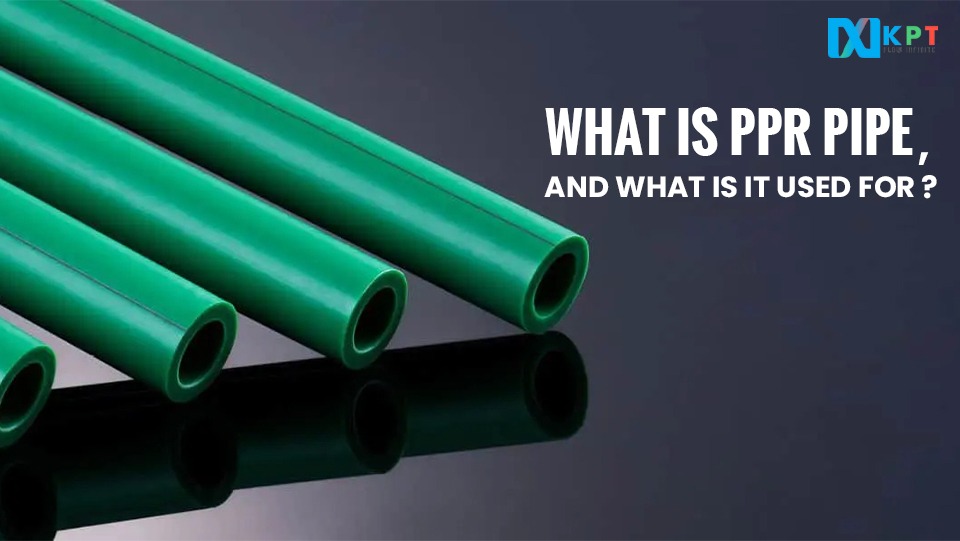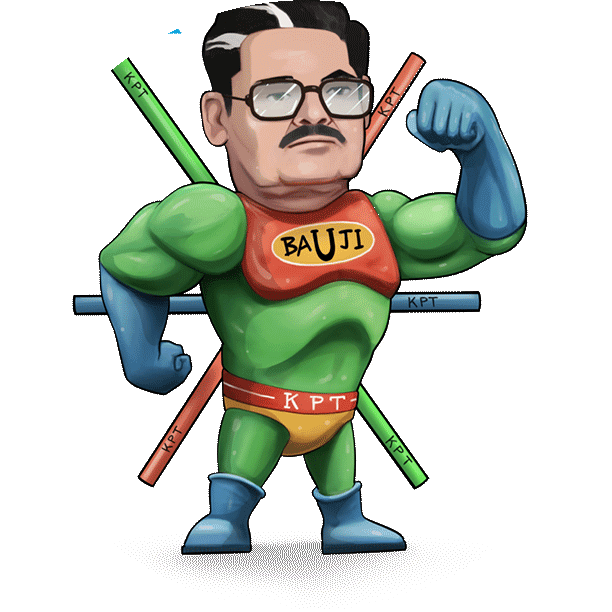
22 Sep What is PPR Pipe, and What is it Used For?
Heard about PPR pipes and now wondering what it means…? Your search ends here. Here, in this article, we have included all the main points that will give you a clear picture of what PPR pipes mean and what they are used for. Let’s dig deeper to know about these pipes.
What are PPR pipes?
PPR, also known as Polypropylene Random Copolymer, is a straight and unbending cylindrical-shaped pipe produced using Polypropylene Random Copolymer plastic, delivered through a nonstop expulsion process. They are generally presented in green or white shades. If we talk about the outer thickness of these pipes, the outer diameter is far thicker than PVC pipes.
PPR Pipes are known for several characteristics. However, their most common trait is that they can be used in the construction of cold and hot water systems. Apart from this, its properties of it incorporate lightweight development, erosion opposition, and simple joining and cutting. Generally, these pipes are used in oil and gas exploration and water pipelines.
Characteristics of Polypropylene Random Copolymer
Now, as you are familiar with PPR pipes, here are some of the traits:
Erosion resistance
The chemical resistance of the PPR pipe is determined by its dual layers. The double layer of the pipe offers an effective barrier against light permeation and prevents the growth of bacteria. It also features low thermal conductivity, which is less than one-fifth of that of steel and brass pipes. The double layer also has a smooth inner surface, reducing the possibility of scaling. The inner layer is rich in Ag+, which provides an antibacterial effect.
PPR pipes are of three types, PP-H, PP-B, and PP-R. Out of all the three, type 3 is portrayed by its exceptional erosion protection from heat. In addition, it is eco-accommodating and reusable. The pipe is reasonable for a wide assortment of purposes, incorporating water supply in agricultural, industrial, and metropolitan systems.
Lightweight
PPR pipes are made of polyolefin thermoplastics and are light in weight. Going with them is an optimal decision for water distribution. Besides all this, they are harmless to the ecosystem, non-poisonous, and appropriate for use in immediate and roundabout drinking water systems.These pipes are corrosion resistant, with great protection from many synthetic media. The funneling material is additionally non-poisonous and won’t rust. It is also unaffected by electrochemical erosion. In addition, the manufacturing cycle of these pipes causes no contamination to the climate. It simply implies that they don’t contribute to the issue of white pollution, which makes them an eco-accommodating decision.
Easy to connect
One method for connecting PPR pipes is to utilize a primer. It should be applied evenly to both ends of the pipe. When you have done the process, the pipe should be cooled and permitted to dry. This step will deliver a more grounded connection between the two pieces.
Remember: Avoid leaving spaces between the two pipes: else, they will cause leaks in the future.
One more advantage of PPR pipes is that they have an extremely high creep rupture strength. It makes them ideal for compacted air systems in workshops. PPR pipes are likewise adaptable, permitting them to be introduced in different areas. They are likewise sealed, in contrast to screw associations or steel fittings. It implies you can design your undertaking with practically no issues. Additionally, the pipes come in various lengths and fittings.
Simple to cut
If you’re trying to cut PPR pipe, you may wonder how to make the process easier. Right? So to do that, first of all, you need to measure the pipe. Next, you’ll need to mark the line you will cut. Holding the line in a bad habit or stepping on it will assist you with holding it while cutting. To cut it, the best would be to use a hacksaw, which has a slightly sharp edge. It will cut the pipe correctly. On the other side, if you go with Wood saws, it will make the process tough and will produce uneven cuts.
Applications of PPR Pipes
There are numerous applications for PPR pipes, including water supply, irrigation, gas transmission, and sewage. On account of its adaptability, it is now preferred over other metals for these applications. Furthermore, it can endure high temperatures, ultraviolet rays, and high strain for long periods.
Therefore, all these things make the PPR pipes the ideal choice for covered and underground applications.


